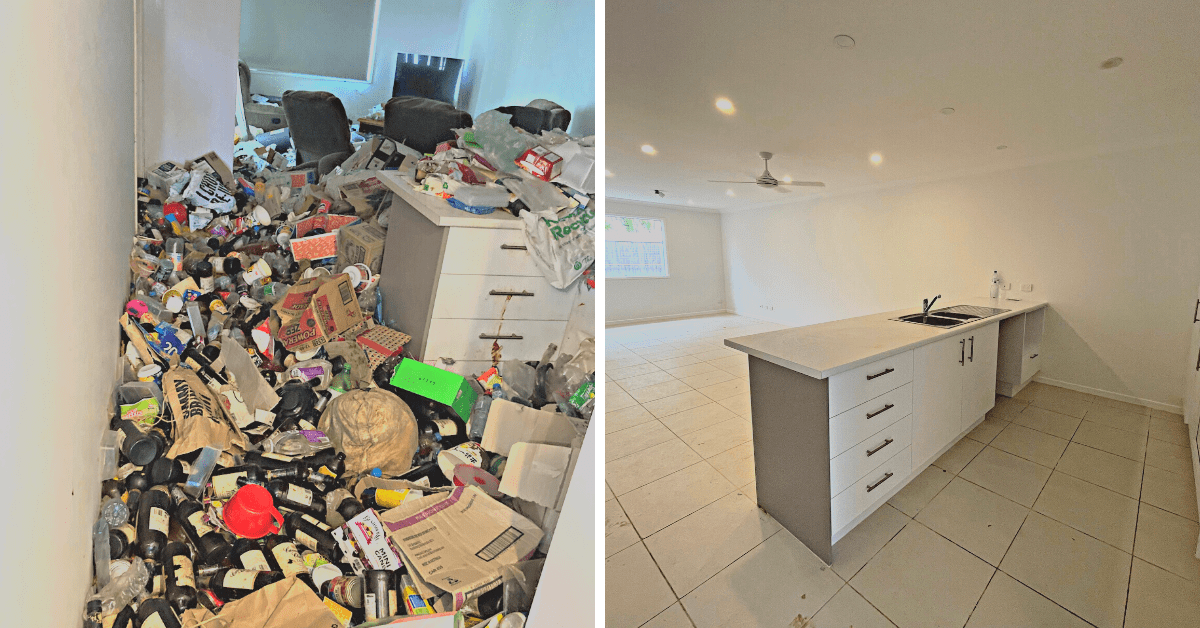7 Surprising Facts About Compulsive Hoarding
When we think of compulsive hoarding, we conjure up images of homes that are filled from floor to ceiling with junk. But the reality is much more complex than that. The compulsion to hoard runs deep: it may be rooted in early childhood trauma or attachment issues. And while there is no single cause for compulsive hoarding, some commonalities among sufferers — such as age and gender — can help us better understand this condition and the challenges it presents. Here’s what you need to know about compulsive hoarding:
Compulsive hoarding is a recognised mental health condition.
Compulsive hoarding is a mental health condition. It’s not just about having too much stuff or being lazy. In fact, it’s one of the most complex disorders you can have and it’s often misunderstood.
“Many patients who hoard are unable to use their spaces for their intended purposes — for example, their homes become so packed with collections that there’s little room to do anything but walk through them.”
Many patients who hoard cannot use their spaces for their intended purposes — for example; their homes become so packed with collections that there’s little room to do anything but walk through them.
Hoarders may not recognise the severity of their condition.
Hoarders may not recognise the severity of their condition. Some hoarders may be aware of the problem, but they don’t know that there is help available and don’t recognise how severe it is. It can be too embarrassing to discuss with friends or family, so they keep their secrets to themselves. They may believe that their actions are practical and rational, even though most people would find those behaviours strange or irrational. It is essential to approach these people with understanding and compassion. Read this article on how to help a friend with a hoarding disorder.
Compulsive hoarding is treatable.
The most effective treatment for compulsive hoarding is cognitive behavioural therapy. This form of therapy aims to help patients change their thinking patterns and behaviours. It allows them to make better decisions about things like acquiring new items, discarding old ones, and organising their home.
Compulsive hoarders often struggle with depression and anxiety as well, so it may also be helpful to use medications to treat those symptoms.
Extreme hoarding is more common in older people.
Compulsive hoarding also tends to be more common in older people. The highest prevalence rates for compulsive hoarding are seen among individuals over age 65, according to research published in the National Library of Medicine. However, some studies suggest that it can begin as early as age 12 and continue into old age. The overall prevalence of hoarding disorder is approximately 2.6%, with higher rates for people over 60 years old and people with other psychiatric diagnoses, especially anxiety and depression.
Compulsive hoarding can be an inherited behaviour.
Compulsive hoarding is usually thought to be caused by anxiety and depression, but researchers are now learning that there may be a genetic component at play as well. If you have a family member who has been diagnosed with compulsive hoarding, you may have reason to worry about developing the same condition yourself—especially if you’ve noticed yourself becoming more attached to items than usual over time.
Hoarding is generally considered to be a form of obsessive-compulsive disorder (OCD).
The main difference between hoarding and other forms of OCD is that, in hoarding cases, the person’s symptoms are limited to their living space and/or possessions. So if you’re an avid collector who keeps everything you acquire in pristine condition, it’s unlikely that you have hoarding issues (though you may still have some problems with organisation). However, if your home has been taken over by clutter so thick that it’s impossible to navigate, then you may be exhibiting signs of compulsive hoarding.
Some people hoard because of trauma from their childhood or early adulthood.
People who hoard often describe having trouble discarding items as a way to cope with emotional pain from the past. For example, they may have been physically or emotionally abused as children or had parents who were hoarders themselves. In some cases, people with hoarding tendencies may have suffered traumatic events such as fires or floods at some point in their lives. These events caused them to feel anxious about losing important possessions again and drove them to collect more things than they really needed as a form of comfort — even if they didn’t use those things much or at all anymore.
If you’re concerned that you or a loved one may be suffering from compulsive hoarding, it’s important to talk with a doctor and get help. There are effective treatments for this condition, but only if you seek help.
Martijn van Lith offers professional, ethical, and confidential extreme decluttering/cleaning services. Why choose us? Because we understand our clients very well, we go beyond just doing the job- we build relationships with our clients, and we treat your possessions with caution and care. We’ve been featured in the news, as well. Our loyal customers can attest to the quality of our services. We have helped over 4000 people with Hoarding Disorder since 2007. Check out some of their testimonials here.



 Property of Martijn van Lith
Property of Martijn van Lith